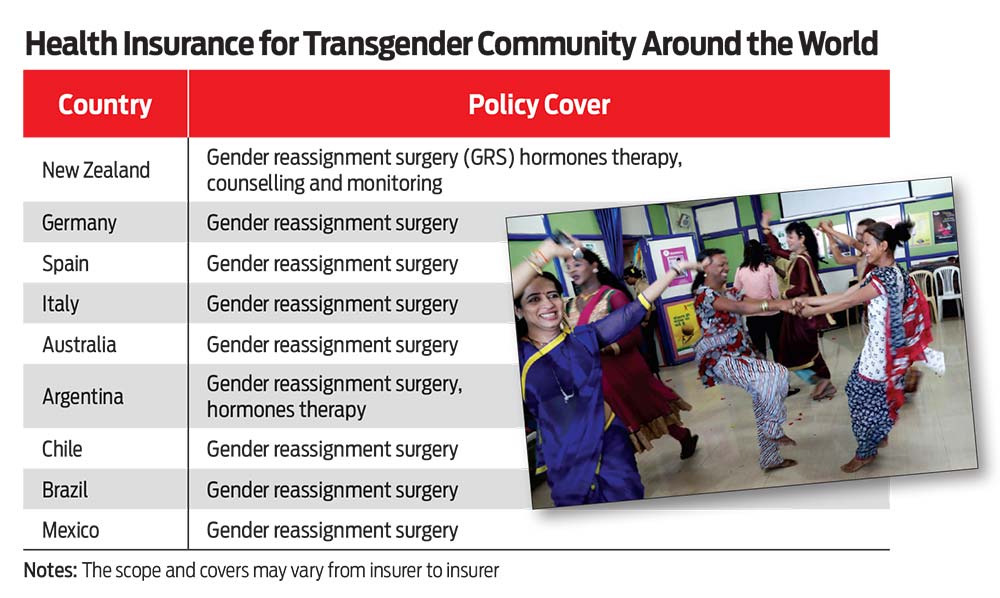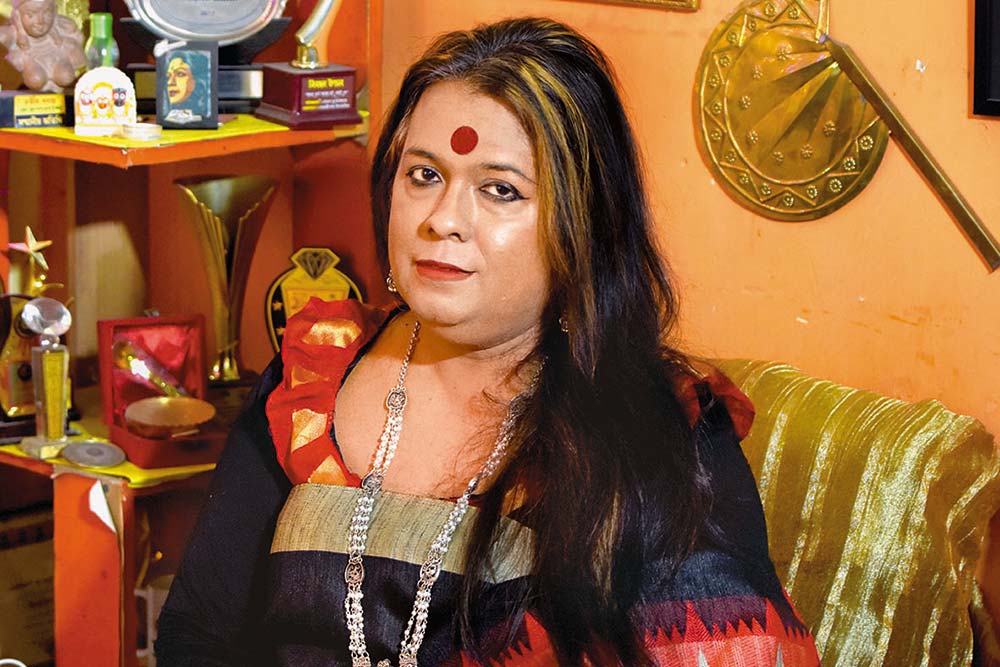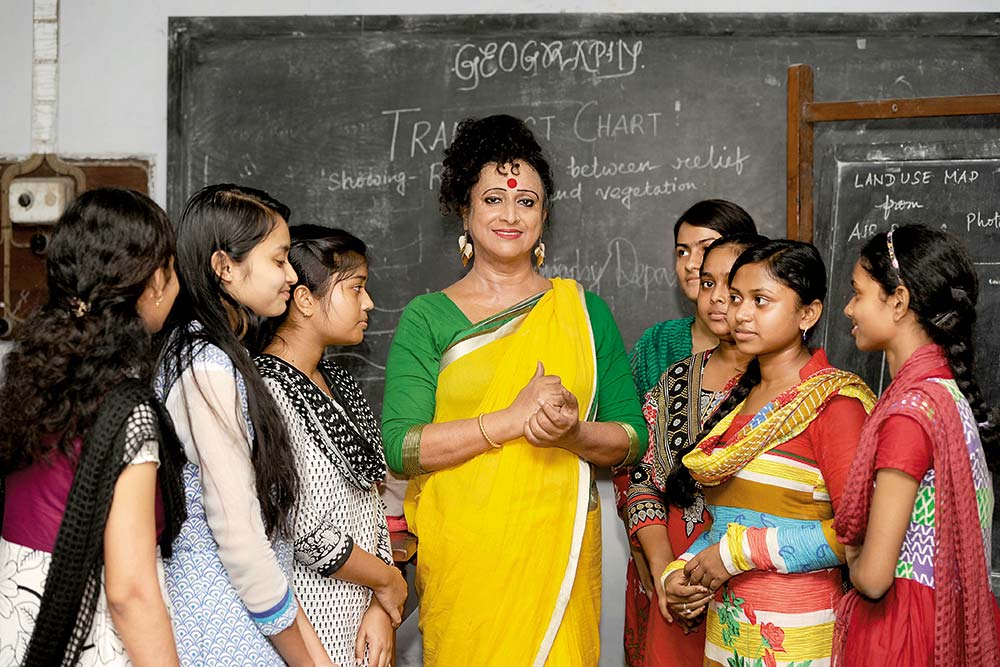“Chitrangada is the name of a desire… It is not important how we lead our lives. It is much more important how we wish to lead our lives.”
That was filmmaker Rituparno Ghosh, one of the finest intellectuals of this genre who, through his films, gave the voice to a community grossly side-lined and secluded. But, there is a change. And, the change is taking place faster than ever before, for those who breach the gender divide and live the way they’re not brought up to be. The change is to bring them at par with everyone else. The change is to ensure equality among the people of this country. The change is to redefine an India of plurality. We’re talking of transgenders.
When most things are being restructured and recast to even out the divide, there is a renewed emphasis from the government to extend all benefits of the society to those who have been left out for ages. One such is insurance, which has been largely out of bounds for the third gender.
The Insurance Regulatory and Development Authority of India (Irdai) has recently issued a set of guidelines for the ‘Saral Pension Yojana’ and urged insurers to include transgenders in their cover options. “All types of lives shall be covered, including male, female and transgenders,” says a directive from the sector watchdog. But the insurers are at a fix with too few takers.
Some people from the community surpass the mere boundaries of gender inequality with their sheer brilliance. But most of the over five lakh Indians who had identified themselves as transgenders way back in 2011 rarely participate in our everyday lives and our encounters are confined to public transports and traffic signals.

“The social isolation leaves too little room for benefits like life insurance to cover transgenders,” says Prof Manabi Bandyopadhyay. She is the first Indian transgender principal at a government college in West Bengal.
No wonder, the community is grossly uninsured in a country where insurance penetration couldn’t go beyond 3.76 per cent even today for the mainstream. Data on insurance penetration among transgenders is a far cry given the fact that we do not even have the mortality data for people belonging to the third gender. “The state and central governments should provide free health insurance for the economically backward transgender community. Transgenders have always been deprived from most economic benefits. Little has changed even today. The visibility of transgender people should be increased,” says Bandyopadhyay, who had to struggle even while trying to open a bank account because of her gender status.
Lack of proper income source is the biggest hurdle for the community to get insured. There’s too little scope to study, work and earn for most. “Very few people from the community come to buy an insurance cover. They should also come forward and look to secure their lives and get the right protection,” says IndiaFirst Life Insurance Chief Operating Officer Atri Chakraborty. “From the financial underwriting perspective, we look at a regular income and this becomes a challenge for this community.”
But that’s not the entire story. “I had approached a life insurance company some 10 years ago to buy a cover. They took more than three years to issue a policy to me,” says Ranjita Sinha, who fights for the rights of transgenders. “We still talk of equality!”
The rules look the same for all at a glance but the devil lies in the detail. “As the life insurance industry does not have a thorough analysis of the mortality experience of transgenders, the life insurers may be more diligent, medically and financially, when evaluating a transgender individual,” says Karthik Raman, CMO and Products Head at Ageas Federal Life Insurance. In the underwriting process, the insurers evaluate risks through checking upon medical records. Men are charged a higher premium as against women as they are more at risk of developing diseases and loss of life. Similarly, constant isolation put the transgenders at a higher risk of developing mental illness, sometimes attempting suicide. Besides, diseases like HIV are seen to be affecting the community at a larger rate than the general population and that increases the risks for insurers, eventually leading to unaffordable premium costs. A gender reassignment surgery or hormone therapy affects health conditions and life expectancy and consequently increases the premium. “To increase the cover among the transgender community we have to make them affordable. This is a bigger challenge. Insurance is available for them but affordability is the main issue,” says Dr S Prakash, MD, Star Health and Allied Insurance.

Ranjita Sinha, a right activist working for transgenders in Kolkata. (Photograph by Sandipan Chatterjee)
***
The Supreme Court introduced the term third gender in 2014 and Life Insurance Corporation of India followed it up by adding third gender option in the proposal form. But since then very little progress has been made. The option is available with only a few insurers till today. Buying covers online helps a subscriber avoid the embarrassment of disclosing the gender to an agent. “It is the social stigma that keeps haunting us at every step,” says Sinha. “Most often when we approach insurance agents for buying a policy, they ask us questions not even remotely relevant to the purpose. This is the first discrimination we face while buying a life cover,” she says.
The availability of online platform may ease the process of buying an insurance plan for a transgender and technology may smoothen the process. But its success depends on the attitude of the insurer. The community will shy away until the insurer treats them equally and stops charging a premium.
“Our health insurance policies and service offerings remain the same irrespective of the gender of the proposer. Hence, transgender or LGBT people can avail the same policies and benefits like other genders,” says Gurdeep Singh Batra, Head of Retail Underwriting at Bajaj Allianz General Insurance. This equality in policy format deftly shuns certain issues that are unnatural for a mainstream buyer but obvious for a transgender. Some major health issues that are required for the third gender are not covered because there is no policy tailored for their specific requirements. The gender confirmation surgery – a painful and expensive procedure the transgenders undergo – is not covered by any policy as it falls under the cosmetic surgery category or hormonal treatment.
In the West, in contrast, these health procedures are covered by the insurers. Health insurers in India have recently started covering mental ailments under Irdai directives. As the scenario is changing at a fast clip for the transgender community in India, more life and non-life insurers are now willing to customise their products to serve their specific needs. The lack of data on the community obstructs the insurers from framing a fair underwriting process. Availability of more data may help better decision-making. “It is definitely possible to launch products for transgenders. We would await more robust data for transgenders that would help us make more accurate pricing decisions,” says Raman. Equality is the base for paving the way for a gender-neutral society. And, the onus of making an equal society rests on the people. Government initiatives, corporate social practices and developmental work by non-profit groups can help a marginalised community rise economically but doesn’t help them exercise their equal rights socially. It is the people only who can bring about the change that the country needs.
nirmala@outlookindia.com

